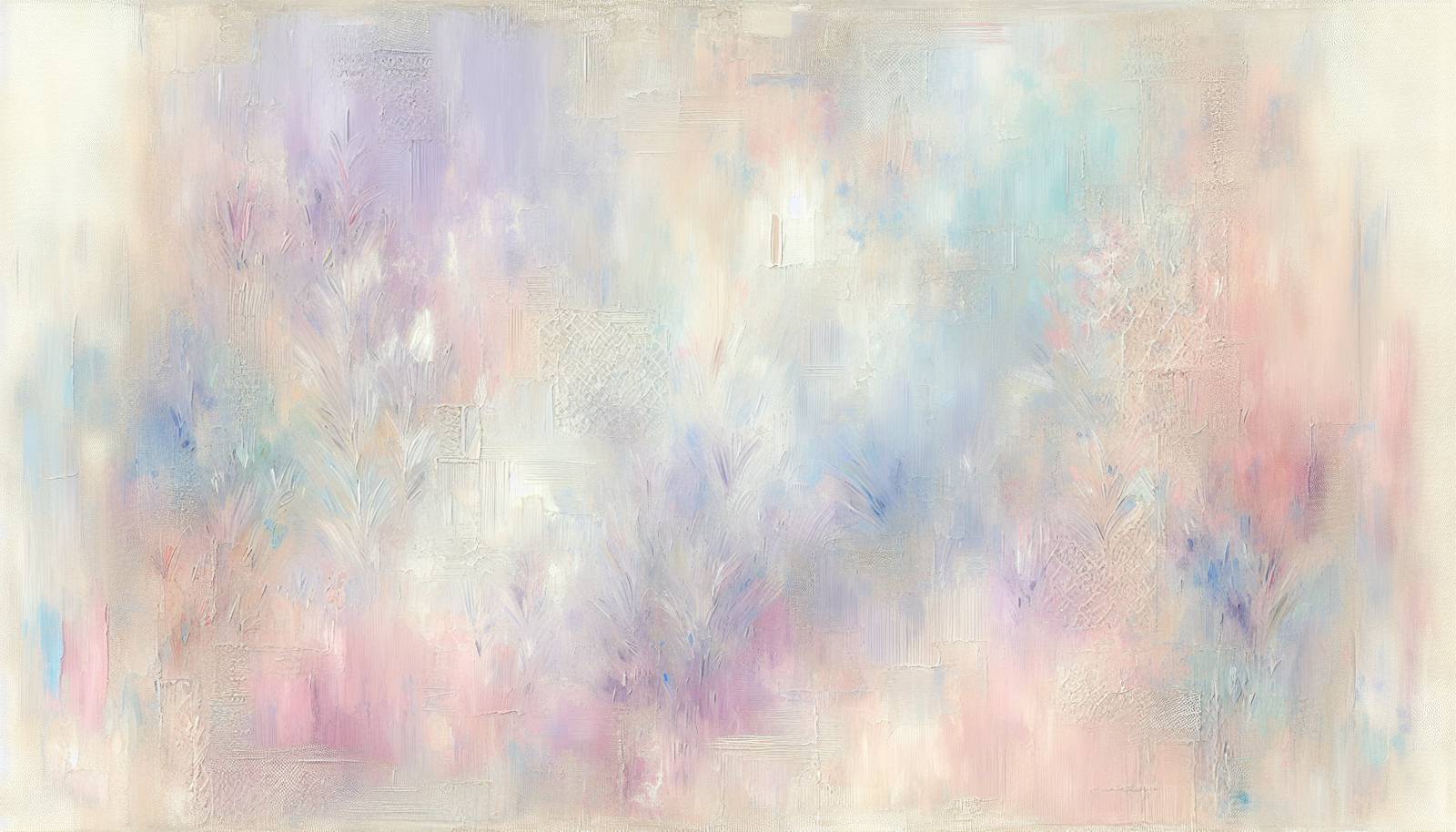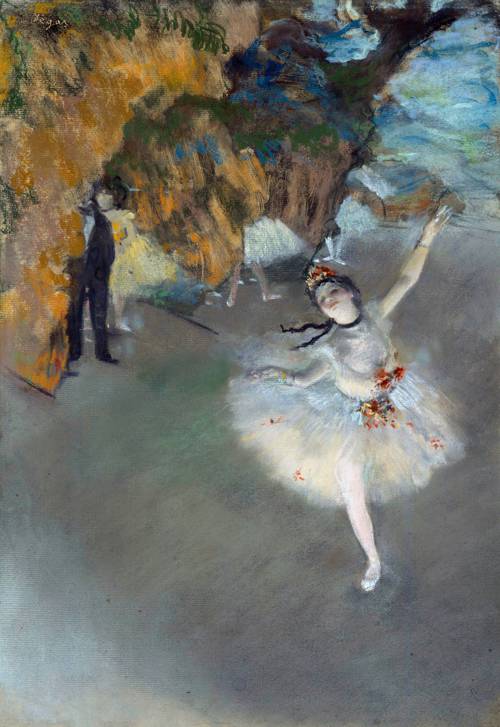
FAQ About Edgar Degas

Who was Edgar Degas?
Edgar Degas was a prominent French artist recognized for his pastel drawings, oil paintings, and sculptures. He was born on July 19, 1834, in Paris, France, and is often associated with the Impressionist movement, although he preferred to be called a Realist. Degas is famously known for his depictions of dancers, capturing motion and elegance in everyday life.

What are Edgar Degas's most famous works?
Some of Edgar Degas's most famous works include "The Ballet Class," "The Absinthe Drinker," "Little Dancer of Fourteen Years," and "Dancers at the Barre." These pieces are celebrated for their innovative approach to composition, movement, and use of color.

How did Edgar Degas contribute to the Impressionist movement?
Edgar Degas played a significant role in the Impressionist movement by bringing new perspectives on movement and composition. Although he distanced himself from the traditional Impressionist focus on light and color, his emphasis on capturing real-life scenes and ordinary moments, particularly in ballet, aligned with the movement's ethos.

Why is Edgar Degas famous for his paintings of dancers?
Edgar Degas is famous for his paintings of dancers because he captured the grace, discipline, and dynamism of ballet with vivid realism. Using pastels and oils, Degas composed over 1,500 works featuring dancers, focusing on the behind-the-scenes preparation and informal moments that revealed their everyday lives.

What artistic techniques did Edgar Degas use?
Edgar Degas employed several artistic techniques, including unique compositions, unconventional viewpoints, and bold color palettes. He often used pastels to achieve vibrant colors and invested in capturing movement and detail by sketching and studying his subjects meticulously. His innovative methods greatly contributed to modern art.

Did Edgar Degas create sculptures?
Yes, Edgar Degas did create sculptures, although they were a smaller part of his oeuvre compared to his paintings and drawings. His most famous sculpture is "Little Dancer of Fourteen Years," which depicts a young ballet dancer and is renowned for its realistic portrayal and innovative use of materials like wax and fabric.

Where can I see Edgar Degas's art today?
Edgar Degas's artworks can be seen in major art museums worldwide. The Musée d'Orsay in Paris, the Metropolitan Museum of Art in New York, and the National Gallery in London are among the institutions that house significant collections of his work.

What themes are prevalent in Edgar Degas's artworks?
Common themes in Edgar Degas's artworks include movement, realism, and the human form. He explored everyday scenes, focusing particularly on ballet dancers, horse races, and moments of private reflection, often portraying his subjects with a unique sense of motion and candidness.

Was Edgar Degas influenced by other artists?
Edgar Degas was influenced by several artists, including Jean-Auguste-Dominique Ingres and Eugène Delacroix, as well as the works of Japanese ukiyo-e prints. These influences helped him develop his distinctive style characterized by precise lines, dynamic composition, and a focus on realism and expression.

How did Edgar Degas's background influence his art?
Coming from a wealthy family, Edgar Degas had the means to study art formally. His background allowed him to travel extensively and gather diverse influences, from traditional academic art to the vivid scenes of modern life, which is evident in his diverse range of subjects and innovative approaches in art.

What distinguishes Edgar Degas's approach to portraiture?
Edgar Degas's approach to portraiture is distinguished by his focus on realism and capturing the personality of his subjects. Rather than idealizing his figures, Degas portrayed them in natural settings and moments, often experimenting with composition and perspective to add depth and authenticity to his work.

Did Edgar Degas have any famous contemporaries?
Yes, Edgar Degas's contemporaries included several notable artists such as Édouard Manet, Claude Monet, and Pierre-Auguste Renoir, all of whom were pivotal in the development of Impressionism. Despite differing approaches, Degas and his contemporaries shared a fundamental interest in capturing modern life.

How did Edgar Degas's vision of art differ from traditional Impressionists?
While traditional Impressionists focused primarily on capturing light and color, Edgar Degas concentrated more on the structure and movement within his compositions. He often painted indoor scenes with artificial light, contrasting with the plein-air methods typical of Impressionists, marking his distinctive vision within the movement.

Did Edgar Degas participate in Impressionist exhibitions?
Yes, Edgar Degas participated in several Impressionist exhibitions, helping to organize and exhibit his works. Despite his reluctance to be labeled strictly as an Impressionist, Degas believed in the movement's principles of individual expression and modern subject matter.

How is Edgar Degas's legacy seen in modern art?
Edgar Degas's legacy is evident in modern art through his pioneering techniques in depicting movement, use of vibrant pastels, and innovative compositions. Artists today still draw inspiration from his ability to capture everyday moments and explore dynamic perspectives in visual storytelling.

Did Edgar Degas work with other media besides painting?
In addition to painting, Edgar Degas worked with pastels, printmaking, and sculpture. His versatility is particularly noted in his mastery of pastel works, which allowed him to explore color and form with a unique vibrancy and immediacy that marked his contribution to art.

What struggles did Edgar Degas face in his artistic career?
Later in life, Edgar Degas faced several struggles, including deteriorating eyesight, which increasingly affected his ability to work. Despite this challenge, he adapted by working more with sculpture and continuing to develop his themes around movement and realism.

How do Edgar Degas's drawings reflect his artistic focus?
Edgar Degas's drawings are a testament to his focus on capturing motion and realism. Through sketches and preparatory studies, Degas meticulously recorded the nuances of movement and anatomy, often revisiting themes of dance and everyday life, which allowed him to create some of his most dynamic compositions.

What was Edgar Degas's philosophy on art and creativity?
Edgar Degas believed that art was about observing and capturing the beauty of real life rather than idealized or romanticized forms. He held that creativity was rooted in discipline and precision, evident in his lifelong dedication to studying human movement and form, which underscored his relentless pursuit of realism in art.

Are there any notable biographies about Edgar Degas?
There are several notable biographies about Edgar Degas, offering insight into his life and work. Some acclaimed titles include "Degas: A Life" by Alice O. C. Linsley and "Edgar Degas: His Life and Work" by Jean Sutherland Boggs. These works provide comprehensive analyses of Degas's artistic contributions and personal experiences.
